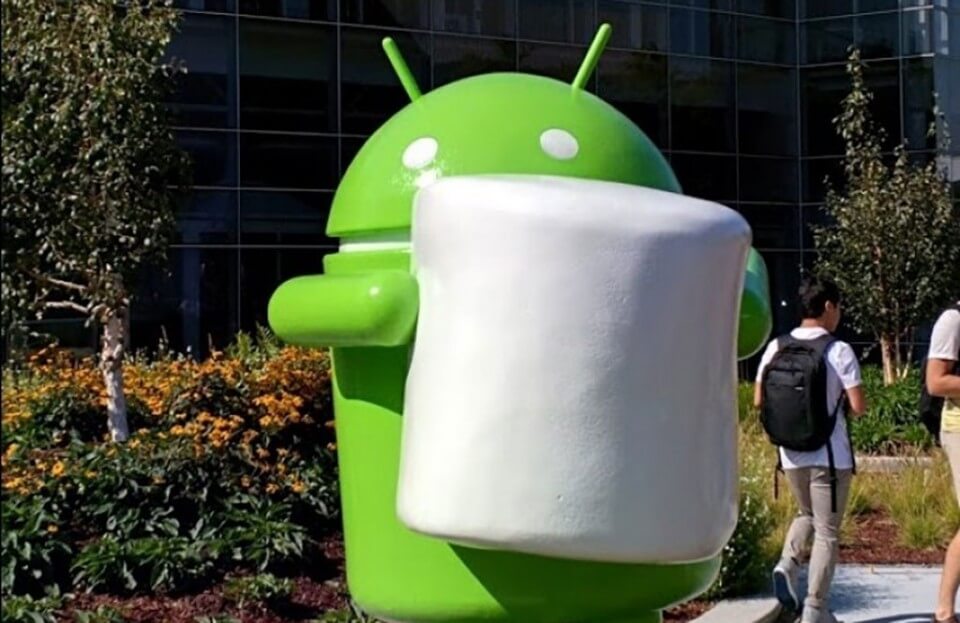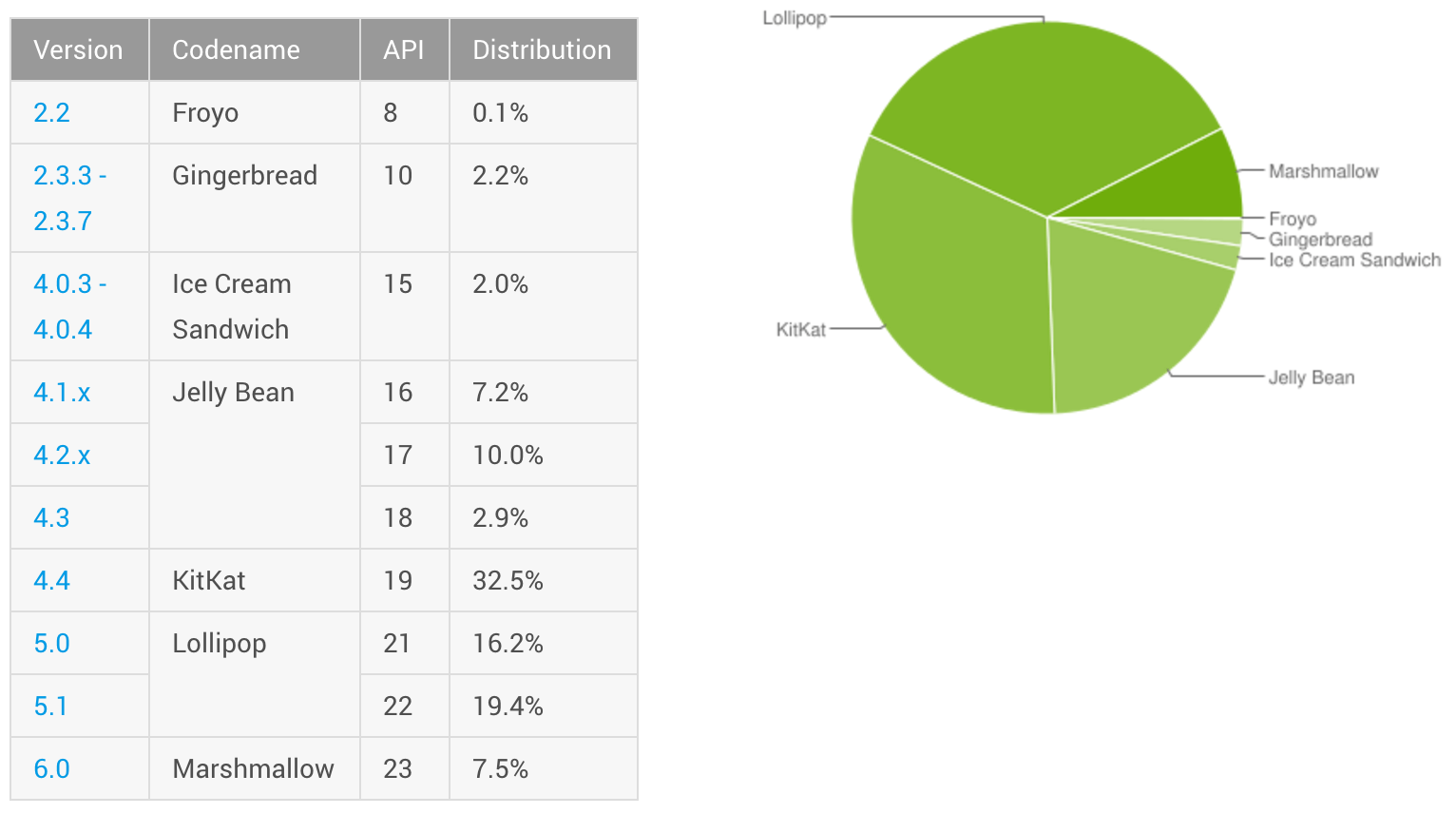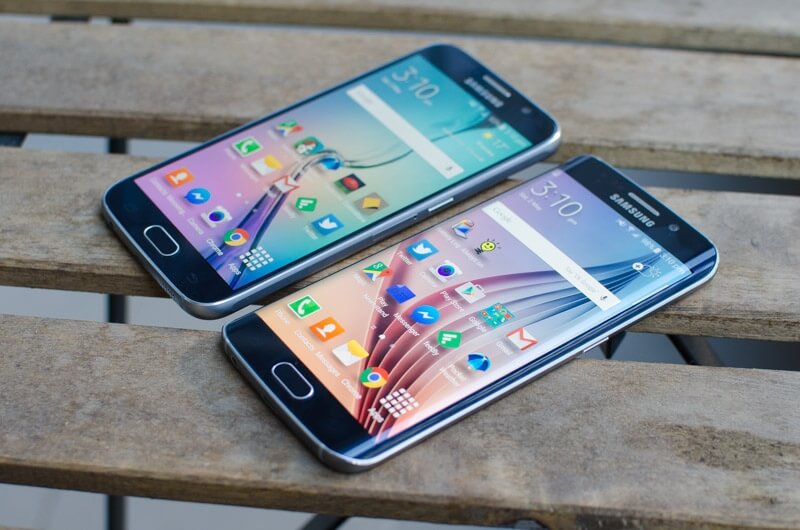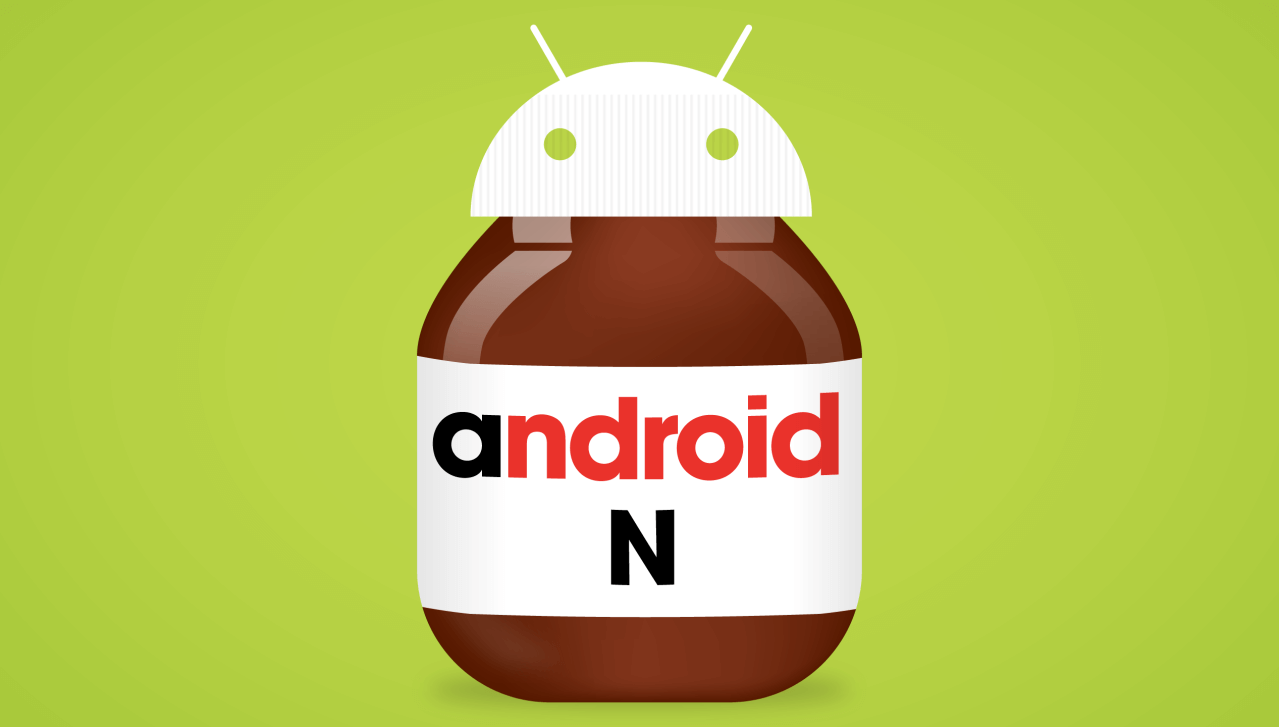A lot of the blame for when it comes to pushing out Android updates for the OEMs can be put squarely on how Android was constructed from an architectural point of view. If you ask me, the designers of Android were complete morons.
OK, now before you start flaming me let me explain why.
Back when I had a Galaxy Nexus I contributed some patches to the ROM that I was running at the time. I wanted a new feature added to the VPN total data transfer screen. By default Android only provided you the amount of data you transmitted in Bytes but what about translating that into MBs and GBs which is a lot more friendly for people to read than a big huge number like 4265116255456 Bytes? Well, I decided to pull down the GIT repository, figure out where the stuff responsible for displaying the VPN transfer data was in the source code, and went to town. Much to my dismay there was no easy way to implement this kind of feature; I had to literally hack the Java code to add it. So I did that, added the required code, and then push my patch to the repository and wait for someone to approve it which eventually it was. Then I started reading some of the other patches applied by other people and that was when I really had my "WTF!" moment with Android. To even change the color of some stinkin' text on the screen you had to... you guessed it, hack the Java code. There was no XML file where you could set things up for the GUI to add or change simple things in the GUI; no, you had to hack the Java code again.
What I explained above is why I think Android was designed by a bunch of complete morons! To even change the littlest thing, the font color for some text/label object on the screen you have to hack the Java code. Seriously... who the hell thought that this was a good idea? Now let's consider the skins for Android like Samsung TouchWiz, HTC Sense, etc. which goes way farther than just changing the color of a text/label object on the screen or even adding a MBs and GBs thing to the VPN data transfer screen; no, they change just about everything about the appearance of Android itself from the status bar on the top, to the menus, and the pull down shade. Good grief, it's a wonder that the Android OEMs haven't just decided to just stay with Android 4.0 Ice Cream Sandwich and tell Google to take their new versions of Android and shove it up their asses since it would require having to damn near rewrite the whole Android overlay every time Google comes out with a completely new version of Android. So when Google does come out with a new version of Android the OEMs have to figure out what changed, merge those changes into their custom Android code base, and then hope to God that whatever Google changed didn't just break the whole house of cards in the process.
Now, if there was a way to say... dictate how the Android UI would be built and displayed to the user using a sort of "skinning" engine like WindowBlinds can do on Windows then OEMs wouldn't have to bastardize the core Android code to change the way the UI looks and feels. They could design the whole UI and have the details written to an XML file that's read upon boot by the skinning engine and apply it the UI without having to touch a single line of core Android code.
If I had to use a word to describe Android's architecture I would use the word "monolithic". Everything that makes Android what it is part of the core code of Android so if you want to change something like change the GUI, add a feature, etc. you have no choice but to change the actual source code of Android. This of course presents a big issue... What happens when a patch comes along? Will those changes play nice with my stuff? Or will it result in a mess in which I have to fix my own stuff to work around whatever changed which will of course result in increased development time and costs.
Think about it this way... If I want to add something to a Context Menu in Windows Explorer all I have to do is add a few entries to the Windows Registry in the appropriate places and tada, I have my own addition to the Explorer context menu. You can even add whole new tabs to a file properties window by injecting an Explorer extension library. And if you don't like my Microsoft examples, let's look at Firefox and Google Chrome. You can add extensions to both browsers that can completely change the whole behavior of the web browser all through the use of simple extensions. I can do the same thing with Wordpress, I can write plugins for Wordpress that also changes the way Wordpress works. In all four examples (Windows, Firefox, Google Chrome, and Wordpress) this is made possible by the use of APIs that allow other software to hook into something and extend the functionality of the core software all without having to touch a single line of source code that makes up the core product you're changing.
As it stands right now, you can't do that on Android. If you want to change something, be prepared to get down and dirty with the core Android code and hope to God that whatever Google does next doesn't break your stuff. This is proof that from an architectural point of view, Google Android is crap.



